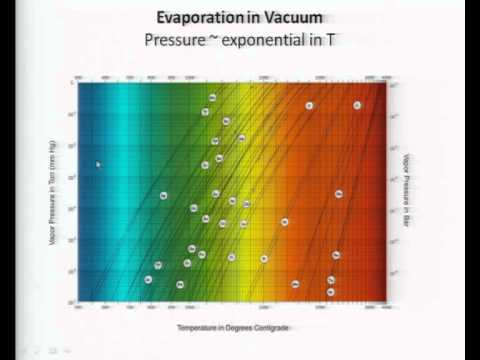A laser phased array directed energy system has been designed and simulated. Lubin and Hughes calculated the requirements and possibilities for DE-STAR systems of several sizes, ranging from a desktop device to one measuring 10 kilometers, or six miles, in diameter. Larger systems were also considered. The larger the system, the greater its capabilities.
For instance, DE-STAR 2 – at 100 meters in diameter, about the size of the International Space Station – “could start nudging comets or asteroids out of their orbits,” Hughes said. But DE-STAR 4 – at 10 kilometers in diameter, about 100 times the size of the ISS – could deliver 1.4 megatons of energy per day to its target, said Lubin, obliterating an asteroid 500 meters across in one year.
The speed of interplanetary travel – far beyond what is possible with chemical propellant rockets used today – could be increased with this sized system, according to Lubin. It could also power advanced ion drive systems for deep space travel, he said. Able to engage multiple targets and missions at once, DE-STAR 4 “could simultaneously evaporate an asteroid, determine the composition of another, and propel a spacecraft.”
